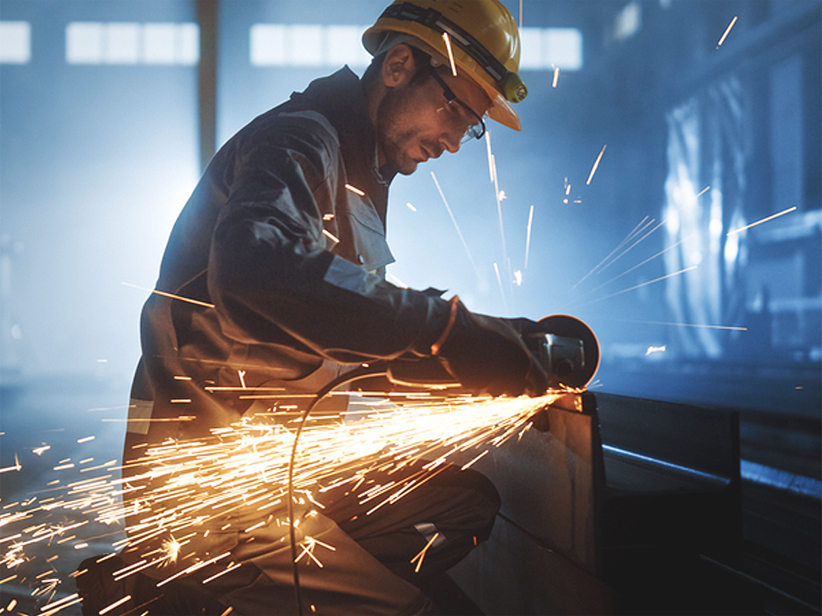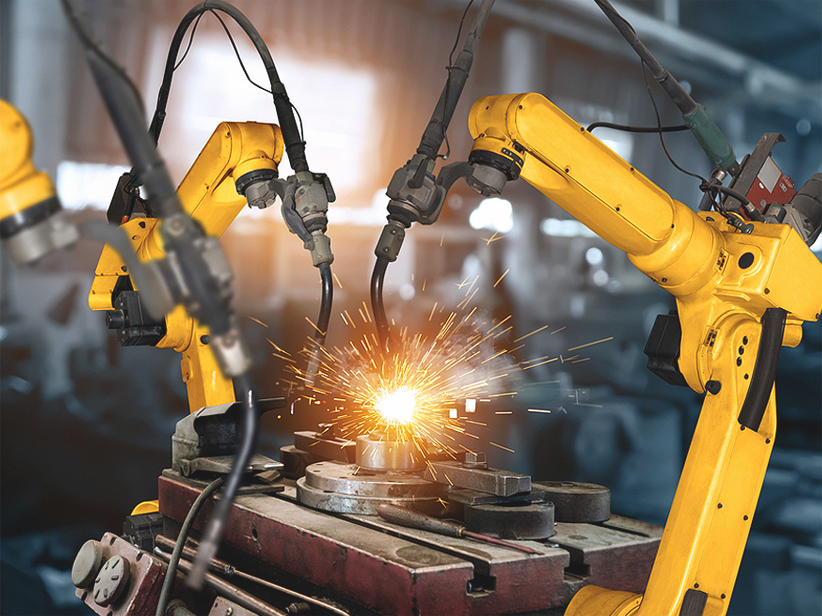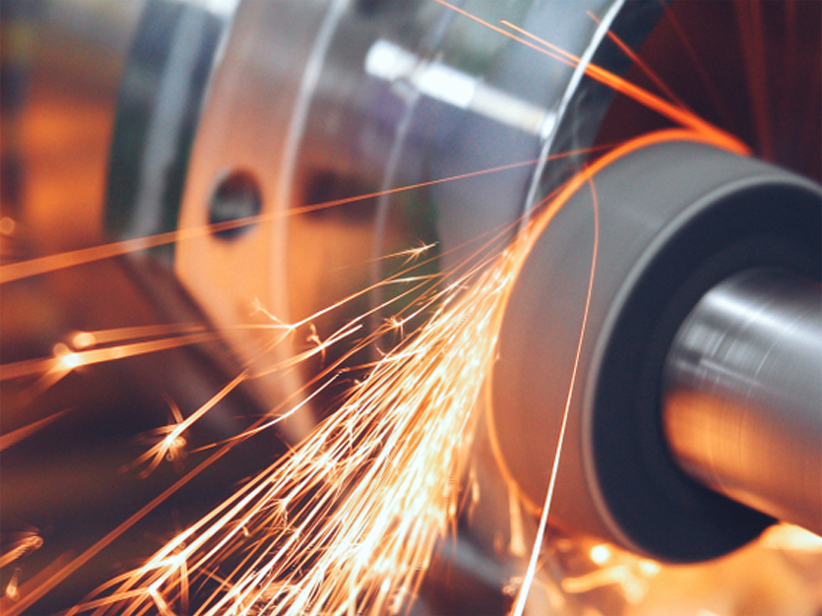STAINLESS STEEL ROLE & IMPORTANCE IN POWER PLANT
A life without electricity is unimaginable. It is not easy to cater the power requirement for all sectors of industries, houses, and virtually for each and every aspect of our day to day functioning. Hence, the power generation plants all over the world have been relentlessly working to their maximum potential and serving for our betterment. Though there are major technical differences in the power source, most of the power plants produce electricity in more or less the same way. Steam that is generated through fission of atoms or burning of oil, coal, or gas is invariably used to rotate the turbines and energize the grid. Can the success of power generation be attributed to few common aspects? Yes, they can be and one of them is definitely STEEL.
Steel has been the boon for mankind with its multi-functional aspects and adaptability features. It would not be wrong to mention that the development of mankind could not have progressed without the help of steel in power generation plants. What exactly makes steel the most adored alloy in power plants?
- Ability to form under hot and cold conditions
- Excellent weldability
- Good machinability
- High strength
- Wear resistance
- Corrosion resistance to most of the process conditions
- Heat resistance
- Durability at high temperatures
Well, the list goes on and on. But where do these steels, especially stainless steel alloys, find their applications in power plants? Let us have a look on the components of a power plant to understand it better.
To withstand the high temperature and high pressure process conditions of a power generation plant, special grade stainless steel such as TEMPALOY AA-1 and A-3 finds suitable application in super heaters and reheaters. These steel grades have excellent resistance to oxidation and elevated creep resistance.
In addition to corrosive nature of fluids, bulk storage tanks and process vessels in waste treatment sections of power generation plants need to sustain the brunt of high pressure and temperature. Stainless steel grade alloys offer excellent resistance at these conditions and no wonder they are gladly embraced.
The corrosive conditions augmented with high temperature applications have forced the power plant engineers to design better materials for removing heat from the system through heat exchangers. Fortunately, they have found several grades of stainless steel with excellent corrosion resistance and mechanical properties meeting their stringent norms and safety requirements.
With increasing restrictions on gas emissions, modern coal plants have found a suitable ally for solving the problem in the flue gas treatment plant of a power generating company. Yes, special grade stainless steel renders excellent duty in the flue gas desulphurization (FGD) for the removal of SO2 and mercury.
In any oil or gas fired power plants, the corrosive nature of various liquids that are handled needs to be effectively addressed on two counts – for safety as well as scale of economy. Although carbon steel may not be a suitable choice for variety of liquids flowing in the pipe lines of these power plants, stainless steel delivers best performance.
In a nuclear power plant, it is very much essential to have high quality steel that not only sustains the pressurized conditions of coolants, but also can withstand the creep properties due to the constant radiation. And what better can be solution other than stainless steel in conjunction with other metals to offer best resistance?
Again, in the nuclear power plants, large structures of stainless steel provide the protection from external disturbances. Moreover, these stainless steel structures shield the plant workers from radiation that are generated inside the core. In short, extensive usage of stainless steel for nuclear power plants is very much necessary for safe operation.
Venus wires is involved in the production of bars, wires, rods and welding wires that are essential for fabricating mild and stainless steel components for power generation plants. If you are in need for special grade steel materials for your power generation plant or process plant, you can always contact Venus wires, one of the reputed steel manufacturers in Mumbai.







